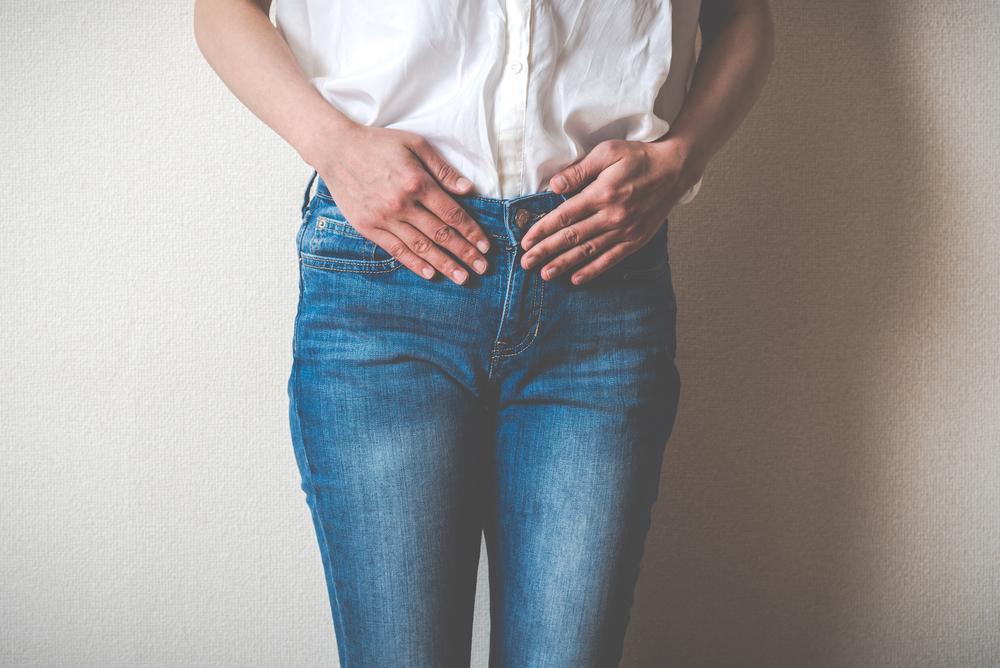Treat Overactive Bladder Issues With Botox

OVERACTIVE BLADDER BOTOX RESTON
Overactive bladder (OAB) is a condition that can cause discomfort and embarrassment and affect an individuals quality of life.
In fact, the urgent and frequent urination associated with OAB can significantly disrupt daily functioning and even interfere with sleep.
For many patients, these symptoms can be alleviated with medication, including tablets, patches, and liquids, that reduces hyperactive nerves around the bladder. However, sometimes these treatment options do not provide necessary relief from OAB.
Fortunately, in 2012 the FDA approved the use of Botox for overactive bladder, and the injectable has proven to be a safe and effective way to reduce urinary issues.
If you suffer from OAB and anticholinergic medication has been unsuccessful in controlling your symptoms, Botox may be right for you. Heres what you need to know.
WHAT IS OVERACTIVE BLADDER?
Patients with overactive bladder experience frequent urination during the day (8 times or more) and night (2 times or more), a sense of urgency to urinate, and urine leakage.
WHAT IS BOTOX?
Botox Cosmetic is a neurotoxin that has multiple medical and cosmetic uses, although its probably best known for its anti-aging effects.
It works by paralyzing muscles and glands to treat wrinkles and lines, migraines, hyperhidrosis, teeth grinding, and other conditions.
HOW CAN BOTOX RELIEVE OAB?
Botox is able to relieve OAB by blocking the nerve signals that overstimulate bladder muscles.
The procedure is performed in-office and involves a series of injections to the muscles of the bladder. Post-treatment, patients must remain under the care of their physician for at least 30 minutes and until they urinate.
This measure is taken to assess the patients response to the injections and ensure that Botox was well-tolerated.
WHEN CAN PATIENTS SEE RESULTS FROM BOTOX FOR OVERACTIVE BLADDER?
Within 2 weeks, patients should note a significant decrease in their urinary urgency, frequency, and leakage.
HOW LONG DO EFFECTS LAST?
Botox can alleviate overactive bladder for up to 8 months.
Once Botox effects have worn off, patients will need additional treatments to maintain benefits. According to the FDA, patients can undergo Botox for OAB for an unlimited period of time, but injections should be spaced at least 12 weeks apart.
To learn more about overactive bladder treatment with Botox in Northern Virginia, please contact our office today to schedule a consultation.
